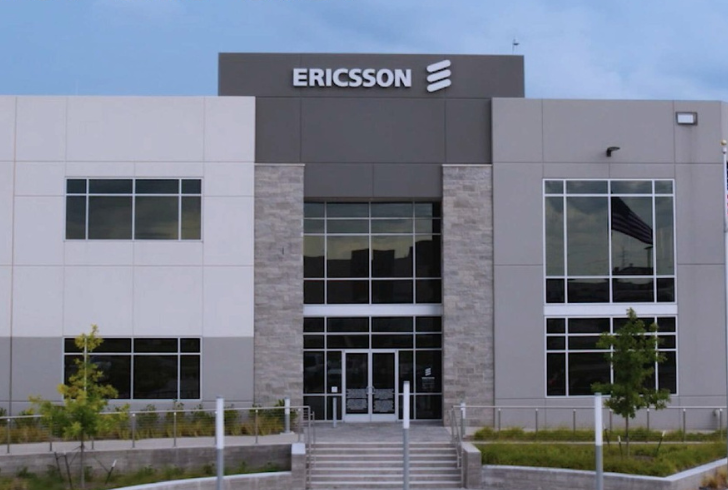Is Arbitration the Future of SEP Dispute Resolution?
When global tech companies lock horns over licensing agreements, things tend to escalate fast. The clash between Ericsson and Lenovo is a prime example. Years of lawsuits across multiple countries, high legal costs, and courtroom delays eventually led both companies to settle most of their differences through a global cross-licensing deal. But the twist? They left one of the biggest questions—how much the licenses should actually cost—to be decided not by a judge, but through arbitration.
This marks a shift in how SEP (Standard Essential Patent) disputes are being handled. Arbitration, once considered a last resort or a backup, is now gaining ground as a practical and efficient alternative to international litigation.
What Sparked the Ericsson-Lenovo Dispute?
The story begins over a decade ago. Negotiations between Ericsson and Lenovo initially focused on 2G and 3G technology patents. But as the tech evolved, so did the disagreement—eventually centering around 4G and 5G patents. Ericsson made what it described as a final offer: a 1% royalty per 5G device, capped at $4. Notably, this was even below their public FRAND (Fair, Reasonable, and Non-Discriminatory) rate of $5.

Instagram | ericssonna | A decade-long tech patent clash between Ericsson and Lenovo escalated from 2G3G to 4G5G.
Lenovo turned down the proposal, arguing it wasn’t fair. That rejection triggered a wave of lawsuits from Ericsson, starting in North Carolina (where Lenovo’s U.S. HQ is located) and expanding to courts and regulatory bodies in the UK, Brazil, Colombia, and the International Trade Commission.
While some rulings favored Ericsson—like injunctions in South America and a finding of infringement in the U.S.—the UK High Court pushed back. It ruled that Lenovo had the right to a temporary license while the terms were still under debate. Ericsson didn’t agree and escalated the matter to the UK Supreme Court.
Eventually, both parties called a truce, reaching a partial settlement through a global cross-licensing deal. But they chose arbitration to resolve the still-contested FRAND pricing.
Why Arbitration Is Gaining Momentum in SEP Disputes
Litigation across multiple jurisdictions can take years. It’s expensive, inconsistent, and unpredictable. SEP disputes are complex enough without trying to sync rulings from courts in different countries. Arbitration cuts through a lot of that noise.
Here’s why it works:
1. Speed – Arbitration typically takes less time than global litigation.
2. Expertise – The parties can agree on industry-specific arbitrators who understand SEP matters.
3. Consistency – One decision, rather than several potentially conflicting ones, offers clarity.
4. Confidentiality – Arbitration proceedings aren’t public, which helps protect sensitive commercial information.
That said, arbitration isn’t always possible. Both sides have to agree to it. And sometimes, litigation is needed to resolve core issues—like whether a patent is valid or even being infringed—before turning to arbitration for license pricing.
When Is Arbitration the Right Fit?

Freepik | pressfoto | For SEP conflicts, arbitration provides a unified global approach, simplifying processes for all parties.
There’s no universal answer, but it often makes sense when most legal hurdles are already cleared. Once it’s established that patents are valid and being used, there’s less need for courtroom drama. At that point, it becomes more about figuring out what a fair price looks like. Arbitration offers a single, focused venue for that discussion.
In SEP disputes, arbitration can help cut down on the global tug-of-war that comes with litigating in different countries. And it avoids putting the burden of coordinating legal actions across the world on both the companies and the courts.
Is Arbitration the New Norm?
Not quite, but it’s definitely gaining traction. Large companies are starting to see the benefits. In cases like Ericsson and Lenovo, where the global patent issues had been dragging out for years, arbitration served as a practical way to end the stalemate.
It’s not a blanket solution. Some disputes still need a courtroom—especially if one party refuses to participate in arbitration or if the facts of the case are hotly contested. But when both companies want to find a workable solution without dragging things through a dozen different courts, arbitration starts to look like a very appealing option.
As more SEP battles unfold, expect to see arbitration playing a bigger role in how they get resolved. It’s not just a legal shortcut—it’s becoming a strategic move for companies that want to avoid long, expensive courtroom showdowns and focus on building forward.